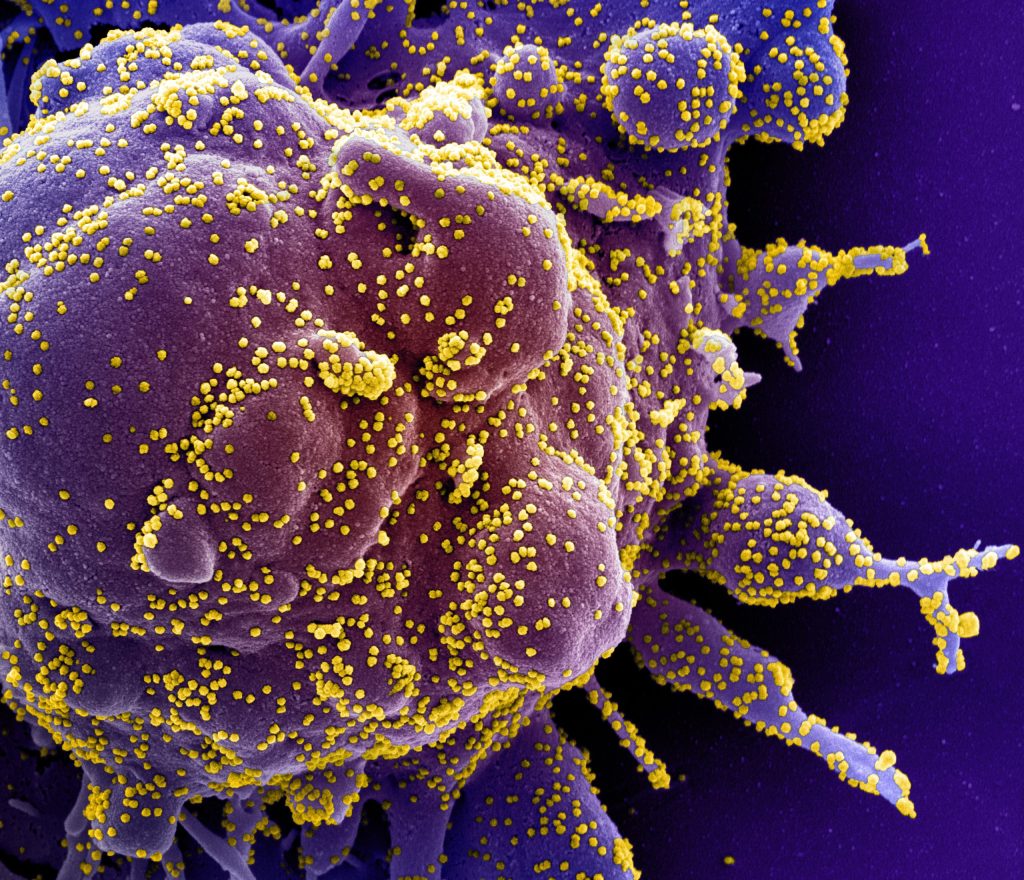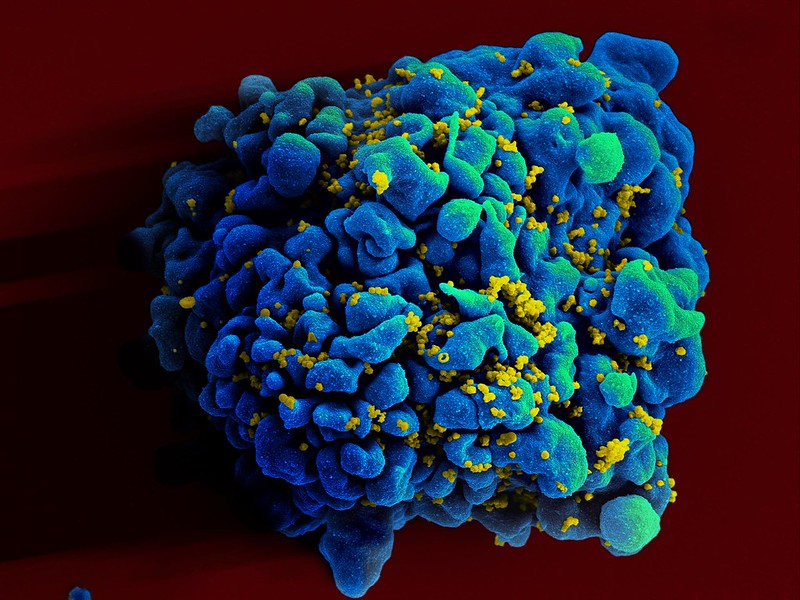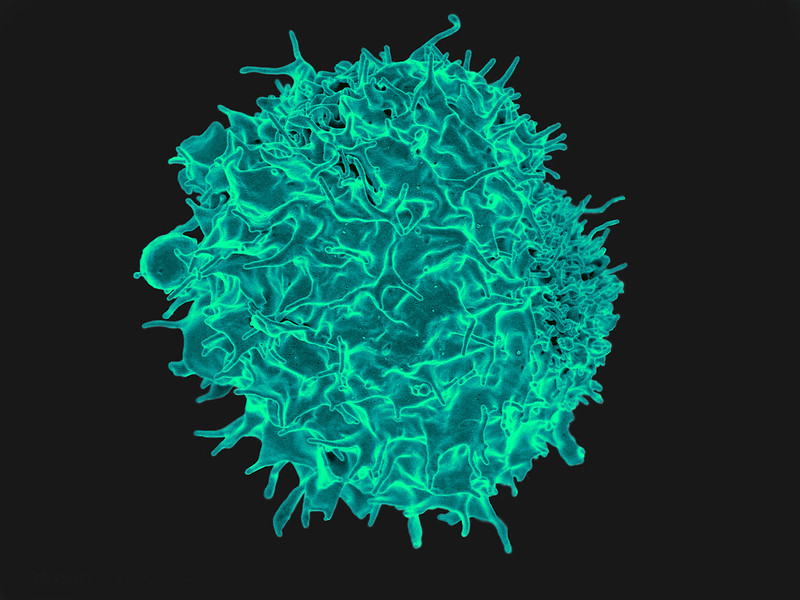Hepatitis C Leaves “Scars” in Immune Cells Even After Successful Treatment
Study reveals epigenetic changes in regulatory T cells of hepatitis C patients post-treatment

A new study published in the Journal of Hepatology has revealed the lasting effects of chronic Hepatitis C virus (HCV) infection on the immune system, even after the disease has been successfully treated. The researchers discovered that traces of “epigenetic scars” remain in regulatory T cells and exhibit sustained inflammatory properties long after the virus is cleared from the body.
Chronic hepatitis C, can lead to severe complications such as liver cirrhosis and liver cancer. The advent of highly effective direct-acting antivirals (DAAs) has resulted in high cure rates for this chronic viral infection. However, it has been reported that the immune system of patients does not fully recover even after being cured.
The study examined patients with chronic HCV infection who achieved sustained virologic response (SVR) after DAA treatment. SVR means that the HCV virus is not detected in blood for 12 weeks after treatment, which is a strong indicator that the virus has been eradicated from the body. The researchers found that the frequency of activated TREG cells remained elevated during treatment and continued to be high even after the virus was eliminated.
The researchers then performed comprehensive analyses, including RNA sequencing and ATAC-seq, which revealed that the transcriptomic and epigenetic landscapes of TREG cells from HCV patients remained altered even after eradication of the virus. Inflammatory features, such as increased TNF signaling, were sustained in TREG cells, indicating long-term immune system changes induced by the chronic infection. These activated TREG cells from HCV patients continued to produce inflammatory cytokines like TNF, IFN-γ, and IL-17A even after clearance of the virus. The researchers followed the patients for up to six years after achieving SVR and found that inflammatory features still persisted.
The study’s results have significant implications for the long-term management of patients who have been treated for chronic HCV infection. Despite successful viral clearance, the persistence of inflammatory features in TREG cells suggests that these patients may be at risk for ongoing immune system dysregulation. This could potentially lead to chronic inflammation and related health issues.
Director Shin Eui Cheol, leader of the study, explained: “Our findings highlight the need for ongoing monitoring even after HCV has been cleared. By understanding the underlying mechanisms of these persistent immune changes, we can develop more effective strategies to ensure complete recovery and improve the quality of life for HCV patients.”
The research team is now focusing on further investigating the mechanisms behind the sustained inflammatory state of TREG cells. They aim to explore potential therapeutic interventions that could reverse these epigenetic and transcriptomic changes.
“We are now interested in seeing whether other chronic viral infections also cause long-lasting epigenetic changes in our immune systems,” said Director Shin. “One of our goals is to identify clinical implications of these persistent immune alterations.”
Source: Institute for Basic Science










